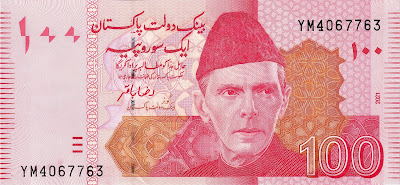Why Collect Stamps?
Stamp collecting is more than just a hobby; it’s a journey through time and space. Each stamp tells a story about the place and era it comes from, making it a fascinating way to learn about history, geography, and culture. It also offers the thrill of discovering rare and valuable items, and the satisfaction of building and organizing a collection.
Types of Stamps
Understanding the different types of stamps is fundamental to starting your collection:
1. Definitive Stamps: These are the most common stamps, issued for everyday postal use. They are typically small and printed in large quantities.
2. Commemorative Stamps: Issued to celebrate significant events, anniversaries, or notable individuals, these stamps are usually larger, more colorful, and printed in limited quantities.
3. Special Stamps: These include stamps with unique features such as holograms, 3D designs, or those printed on unusual materials like silk or wood.
4. Airmail Stamps: Specifically used for airmail services, these stamps often feature aviation-related themes.
5. Postage Due Stamps: Issued to collect insufficient postage, they are an interesting niche within philately.
6. Revenue Stamps: Used to pay taxes or fees on documents, these are a different category but sometimes included in collections.
Determining Stamp Value
The value of a stamp is influenced by several factors:
1. Rarity: The scarcer a stamp, the higher its value. Limited print runs, errors, and older stamps tend to be more valuable
2. Condition: Stamps in mint condition (unused, with original gum) are generally more valuable than used ones. However, some rare used stamps with unique cancellations can be highly prized.
3. Demand: Popular themes or stamps from certain periods and regions can drive up value due to collector demand.
4. Age: Older stamps can be more valuable, particularly those in good condition and from the early days of stamp issuance.
5. Historical Significance: Stamps marking significant events or depicting famous figures can be more desirable.
Caring for Your Stamps
Proper care and handling of stamps are crucial to maintaining their condition and value:
1. Handling: Always use stamp tongs to handle stamps. Oils and dirt from your fingers can damage them.
2. Storage: Store stamps in a cool, dry place. Humidity and temperature fluctuations can cause damage.
3. Albums and Stockbooks: Use acid-free albums and stockbooks to organize and protect your stamps. Avoid adhesive mounts that can damage the stamps.
4. Protective Covers: Use glassine envelopes or plastic sleeves to protect individual stamps or sets.
5. Cleaning: Never attempt to clean stamps yourself. Seek professional advice if necessary, as improper cleaning can reduce a stamp's value.
Essential Tools for Stamp Collecting
Investing in the right tools can enhance your collecting experience:
1. Stamp Tongs: These are special tweezers designed to handle stamps gently.
2. Magnifying Glass: Essential for examining details and identifying flaws or features.
3. Perforation Gauge: Helps measure the perforations on stamp edges, a key aspect of identification.
4. Catalogue: A stamp catalogue provides detailed information about stamps, including their value, rarity, and historical context.
5. Album or Stockbook: Essential for organizing and protecting your collection.
Tips for Beginners
Starting a stamp collection can be overwhelming, but these tips will help you navigate the process:
1. Start Small: Begin with a specific theme or country that interests you. Expanding your collection gradually helps you learn and manage it better.
2. Research: Educate yourself about stamps through books, online resources, and local philatelic societies. Knowledge enhances your appreciation and helps you make informed decisions.
3. Join a Community: Engaging with other collectors through clubs, online forums, or social media groups provides valuable insights and support.
4. Attend Shows and Auctions: Stamp shows and auctions are great places to see rare stamps, meet other collectors, and find new additions for your collection.
5. Be Patient: Building a valuable and meaningful collection takes time. Enjoy the journey and the learning process.
Stamp collecting is a fulfilling hobby that offers a unique combination of education and entertainment. By understanding the types of stamps, their value, and how to care for them, you can start building a collection that not only provides personal satisfaction but also has the potential to grow in value. Remember, the key to successful philately is patience, research, and a passion for the stories each stamp tells.




.jpg)
.jpg)
.jpg)
.jpg)
No hay comentarios:
Publicar un comentario